Here's Videosync 1.1, which I've been working on together with my Showsync colleagues.
Get an impression here:
And get the software here:
https://videosync.showsync.com/
I myself started out being interested mainly in making music and became an audiovisual artist by slowly incorporating ever more visual elements in my musical compositions.
The transition was so smooth and the ways of thinking were so similar that I never stopped thinking of what I do as making "music", even if I'm doing completely visual stuff.
So it makes a LOT of sense to me to use the same interface and the same way of dealing with time, tempo, beats, etc. for both audio and visuals. This also allows them to be both conceptually and compositionally (is that a word?) much more intimately connected.
I'll copy-paste some text from our release notes here, describing three new devices, but as is often the case with these things: playing with this is the only way to truly understand it, so I'd recommend just downloading and trying the demo out for yourself.
Enjoy!! -Tarik
Tabula
A new visual instrument filled with unique features:
Use the lookup table to map MIDI notes to specific levels of brightness, and to then change the colors of these brightness levels
Control and modulate Opacity and Note Width (the brightness range triggered by a note) with two separate envelopes with a envelope-looping option
Choose another video signal with the sidechain input, of which the brightness levels will then be colored and triggered with MIDI notes Use Tabula in conjunction with another video signal for its sidechain input for the most interesting results.
ISFLoader
Short for Interactive Shader Format Loader, this device allows for easily loading and using ISF shaders.
ISF shaders generally have number of parameters to manipulate or generate visuals. These parameters are loaded into a configure window that can then be controlled in realtime. Since the kind of parameters can vary, the interface may look slightly different with each loaded shader file.
Map any shader parameters to the device macros in order to automate them.
Networked playback is supported, as long as the shader files are stored in the File Search Path on the system that runs Videosync
CropMap
CropMap replaces the the Crop effect and adds a number of features:
Crop applies no scaling to the incoming image and may be used to discard parts of the image, depending on Invert and Feather settings. Depending on Wrap Mode it can also be used to repeat/clamp a part of the incoming image.
Bilinear applies linear scaling to the incoming image to fit inside the bounds.
Perspective applies perspective accurate scaling to the incoming image to fit inside the bounds.
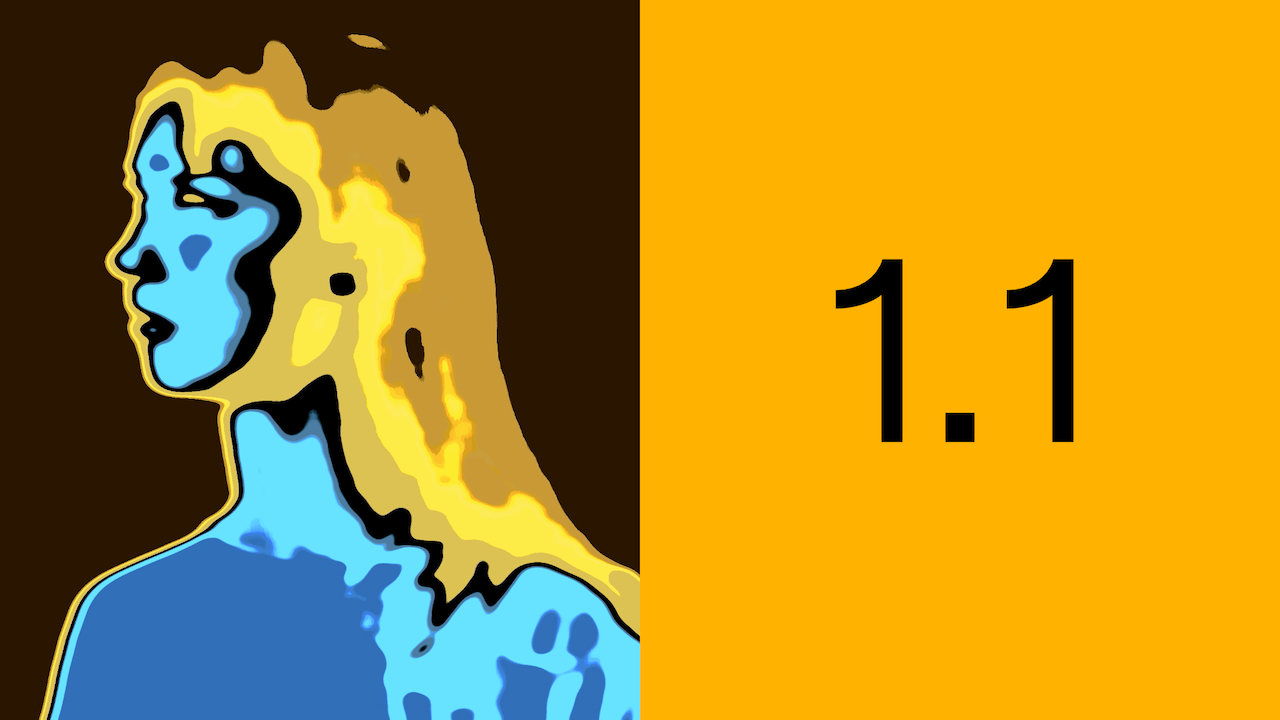
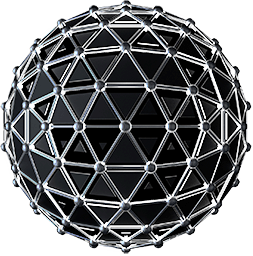
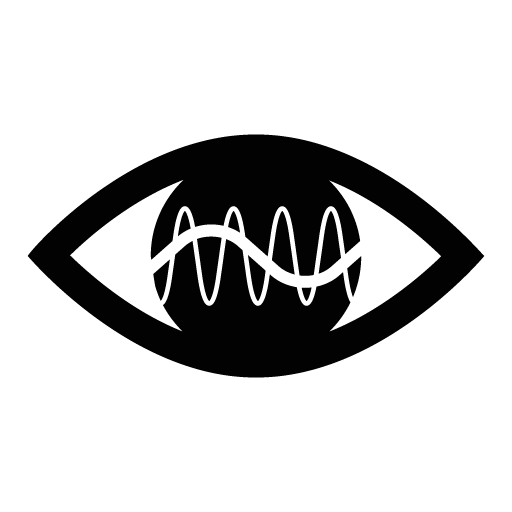
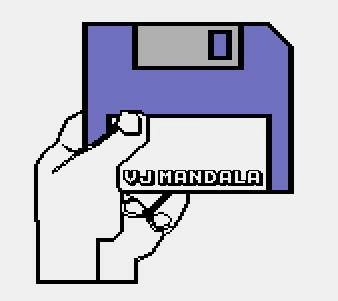
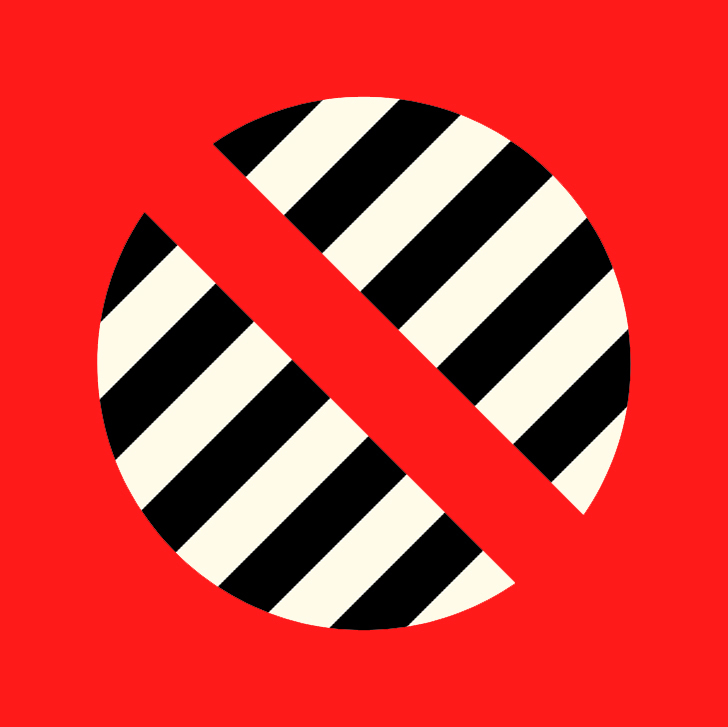

Discussion (0)